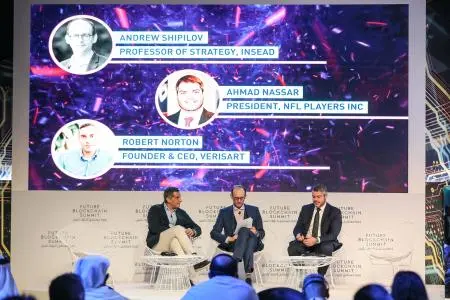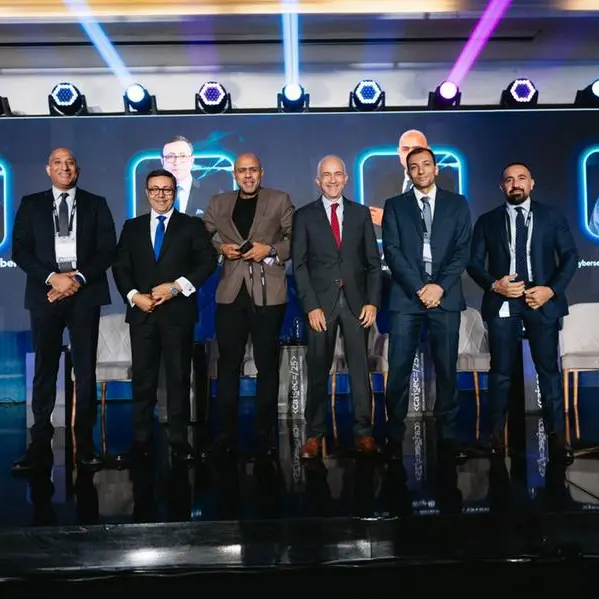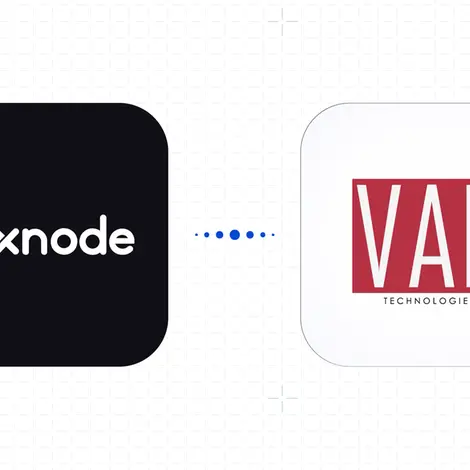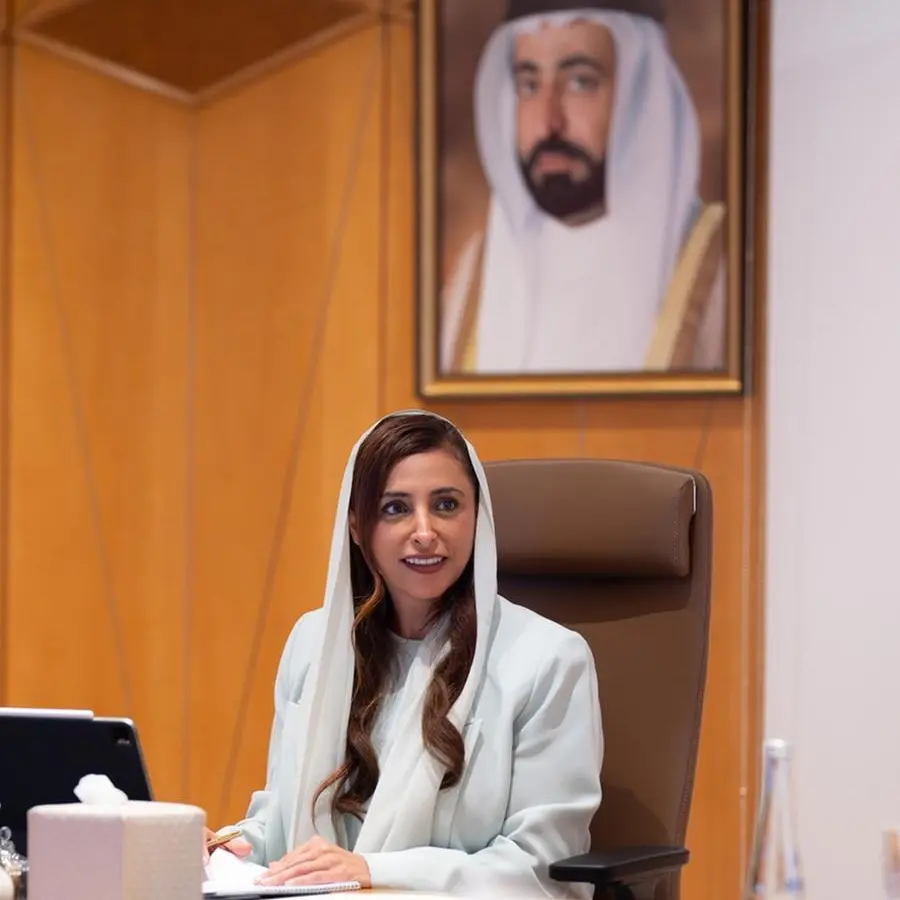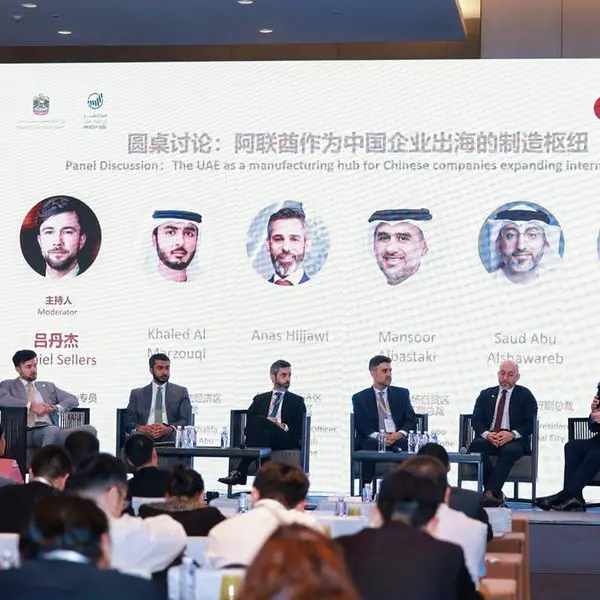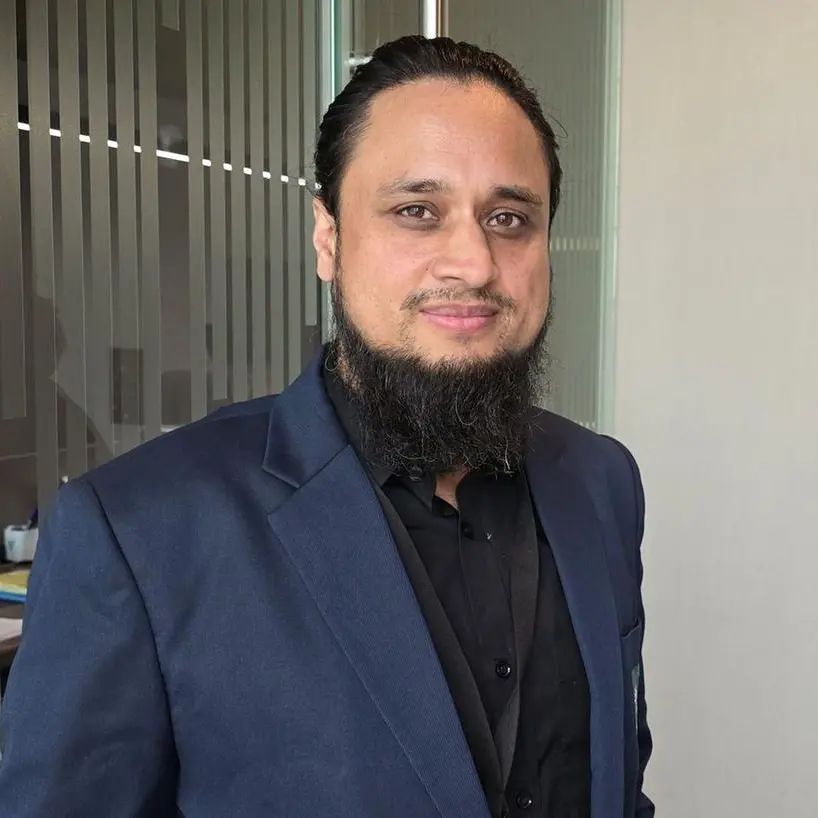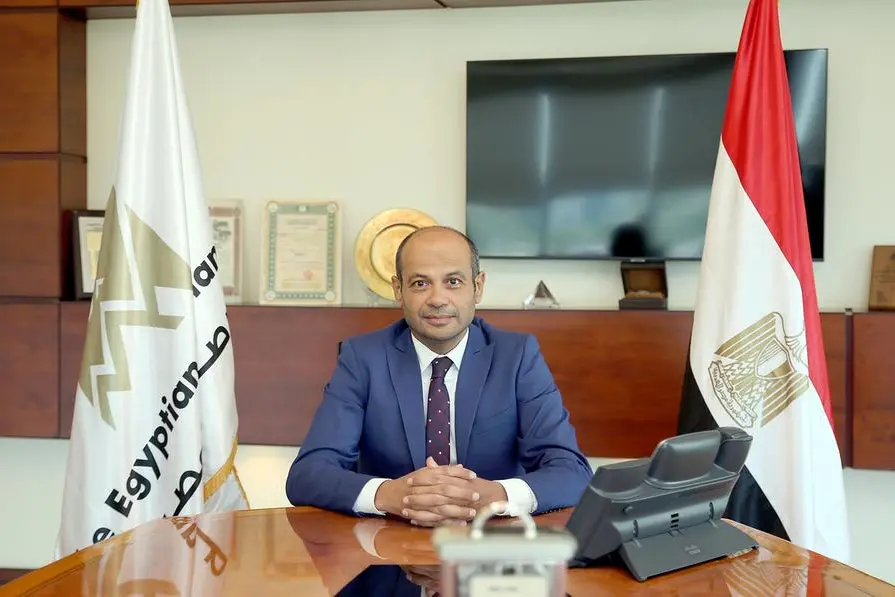PHOTO
H.E. Dr. Aisha Bint Butti Bin Bishr, Director General of Smart Dubai, launched the second annual Future Blockchain Summit yesterday by praising the city’s continued commitment to new technologies, before revealing plans for the 2019 launch of new guidelines in relation to blockchain advancement.
Her Excellency inaugurated the agenda-setting and globally empowering blockchain meet on Tuesday with an address welcoming a projected 10,000 visitors to the two-day event, hosted by Smart Dubai and Dubai World Trade Centre (DWTC).
Her Excellency said: “Dubai has always been a trendsetter when it comes to embracing advanced technologies – and blockchain is no exception.
“Empowered and inspired by the forward-thinking vision of our leaders, Smart Dubai has been progressing with the implementation of the ambitious Dubai Blockchain Strategy, launched by His Highness Sheikh Hamdan bin Mohammed bin Rashid Al Maktoum, Crown Prince of Dubai and Chairman of the Dubai Executive Council in 2016.
“Today, we are currently implementing several city-wide government and private sector blockchain use-cases, and later this year will be launching the official policies for blockchain development and implementation in Dubai.”
Keynote-led discussions across Future Blockchain Summit’s Prism Stage yesterday also comprised speakers from international entities and industry-leading companies including the US Department of State, the United Nations, the Dutch Government, du, Coca Cola and SAP.
Phil Chen is consumer technology firm HTC’s Decentralised Chief Officer, and spoke about blockchain being “bigger than the smartphone”.
He said: “The internet today is very centralised – it keeps track of everyone, with more predictive power and surveillance capabilities than ever before rested in the hands of handful of companies. What we need today is a ‘decentralised web’ and that is possible through blockchain, which allows people to own their digital identities. In today’s digital-age, anybody can have access to your email and use it to transfer, for instance, money. In order for such things to not happen, you will need to own your own digital identities.”
Speakers on Wednesday’s final day of the Summit include Nolan Bushnell, Founder - Atari & X2 Games; Susan Oh, Co-Chair of AI & Blockchain for Impact - United Nations; Dale Chrystie, Blockchain Strategist - FedEx and Kristo Vaher, CTO - Ministry of Economic Affairs and Communications for Estonia.
The free-entry Future Blockchain Summit runs 9am – 6pm, Tuesday and Wednesday at Dubai World Trade Centre.
To find out more, visit www.futureblockchainsummit.com
With half of artworks examined by the Fine Art Experts Institute confirmed as either fake or attributed to the wrong artist, could blockchain technology revolutionise how we separate the real from the rip-offs?
Blockchain’s core strength is in its ability to keep an irreversible record of information; be that any form of data or transactional process. From the moment a record is placed on the blockchain, it cannot be edited or changed and its authenticity is guaranteed for life.
For that reason, leading experts from the world of art and memorabilia today used Dubai’s Future Blockchain Summit to call-out for the revolutionary technology to be placed at the heart of history and be implemented across authentication.
Proving a piece’s provenance relies too heavily on trust, outdated paper-based systems and on single, authoritative bodies, agreed panelists Robert Norton, Founder & CEO of independent art verifier Verisart, and Ahmad Nassar, President of the NFL Players Inc – where sporting keepsakes are big business.
They argued that blockchain offers a permanent record of a piece’s history, from initial authentication to present ownership.
Norton said: “According to the FBI, around 10% of the US$60 billion or so works of art that are traded each year are fraudulent works. Blockchain is a layer of trust that you can wrap around your existing databases. At Verisart, we don’t spend time dealing with what’s been in the market for the last 50 or 100 years, we focus on what’s coming into the market for the first time, putting that stake in the ground. Blockchain is a trusted ledger, it is an incredible and powerful device that we can all agree on.”
Nassar continued the point, saying: “About one third of the sports memorabilia market is estimated to be counterfeit. This is everything from autographs, to jerseys, signed footballs, basketballs, etc. In fact, in the US, we have had a number of high-profile lawsuits recently that have challenged the authenticity of some of these products. The market is depressed because a lot of people don’t feel comfortable purchasing these products since they are not what they claim to be.
“We are still in the early stages of this, but one of the things we have been thinking about seriously is how do we leverage blockchain technology for the authentication of memorabilia and other products. What we are really after is enabling a user or customer to have the confidence that what the memorabilia they are paying for is verified and what it claims to be.”
How blockchain is changing healthcare: from the open source blood donation platform predicting demand and finding rare donors, to the authentication of medical licenses
Future Blockchain Summit’s opening day healthcare track shone the spotlight on just some of the infinite implementations of the technology that are already playing a pivotal role in saving lives around the world.
Pierre-Marie Heller, Board Advisor at the world’s first open social blood bank Bloodchain, took to the Summit’s Function Stage to explain the thinking and operation behind the donation platform that can predict demand and find rare donors for those in need, and is one of the biggest ever innovations in the blood donation industry.
By utilizing blockchain, Bloodchain – which caters to an international blood market that receives 112.5 million donations a year – can correlate and use the vastness of invisible-at-first-sight patterns from Big Data to keep a clear track of donations and be a flexible, intelligent solution that follows the current blood demand.
Heller explained: “Blockchain makes sense for a platform like this because it is an open network – anyone can join it, which is what we need; it’s transparent – we know where the demand for the blood is and users can see who they can give blood to; nobody owns the network; it has immutability, which ensures the blood you get – no matter how rare – is what it claims to be, and doesn’t make you sicker; it’s anonymous; and it’s tokenized, giving people a reason to give blood.
“With this blockchain, we can assure that mothers are kept alive, grandmothers are kept alive, and families can stay together for longer. We need to look into the future, and the future is now.”
Elsewhere on the Summit’s healthcare track, Waleed Saeed Saif Ali AlDhuhoori, Head of Application Development Section, Dubai Health Authority, backed blockchain as a means of sharing medical data – including professional licenses – securely and easily across geographies, a process that currently lacks in absolute authenticity and verification.
He said: “When we thought about this process of applying for a medical license in the UAE, we knew that we had the potential to make the process simpler. We connected with all UAE licensing entities to unify the process of registry through blockchain technology.”
Blockchain for good: fighting hunger and making education more accessible than ever
Representatives from the United Nation’s World Food Programme and a UNICEF-backed blockchain application took to yesterday’s Future Blockchain Summit to prove how the online ledger technology can be pivotal in supporting those in desperate need.
Taking part in two separate speaker sessions both prefaced as ‘Blockchain for good’, Abdel Mageed Yahyia, Director at the UN’s World Food Programme, and Lohan Spies, Founder of the ixo Foundation, examined real-life use-cases of blockchain in the fight against hunger and children’s education.
Each of the technology experts gave their vocal support to further development of similar initiatives operating on the blockchain, insisting that the projects they’d both been involved in had given greater life chances to those in need.
Yahyia said: “Using blockchain technology, we transferred money with just a click of a button to all our beneficiaries by creating accounts for them and giving them a 15-character number, which is their digital identity. During our work in Jordan with Syrian refugee camps in 2016, we used Eye-Pay, a service based on Blockchain that scanned the iris of the eyes of the beneficiaries, enabling them to securely pay at supermarkets. Using blockchain, our projects have helped 106,000 refugees in camps such as those in Azraq and Za’atari in Jordan, executed 2.1 million clean transactions, and disbursed US$43million, saving US$640,000.”
Spies – whose Amply platform gave every child in a selection of South African pre-schools a mobile digital identity that verified their existence and recorded the history of their education, allowing early child development centres to provide subsidies and other due benefits – said: “Blockchain is a catalyst that we can utilise for greater good of the society. For instance, imagine a teacher at a pre-school is able measure nutrition of a child and identify if he or she is suffering from malnutrition and prevent stunted growth, which once happens cannot be reversed.
“Child trafficking is another huge problem that can be tackled with blockchain technology. From a criminal syndicate perspective, the prime targets are children without legal identity so having something like that in place can empower authorities to access data and the services that are being provided to them and accordingly intervene and take appropriate action.”
-Ends-
© Press Release 2019Disclaimer: The contents of this press release was provided from an external third party provider. This website is not responsible for, and does not control, such external content. This content is provided on an “as is” and “as available” basis and has not been edited in any way. Neither this website nor our affiliates guarantee the accuracy of or endorse the views or opinions expressed in this press release.
The press release is provided for informational purposes only. The content does not provide tax, legal or investment advice or opinion regarding the suitability, value or profitability of any particular security, portfolio or investment strategy. Neither this website nor our affiliates shall be liable for any errors or inaccuracies in the content, or for any actions taken by you in reliance thereon. You expressly agree that your use of the information within this article is at your sole risk.
To the fullest extent permitted by applicable law, this website, its parent company, its subsidiaries, its affiliates and the respective shareholders, directors, officers, employees, agents, advertisers, content providers and licensors will not be liable (jointly or severally) to you for any direct, indirect, consequential, special, incidental, punitive or exemplary damages, including without limitation, lost profits, lost savings and lost revenues, whether in negligence, tort, contract or any other theory of liability, even if the parties have been advised of the possibility or could have foreseen any such damages.
